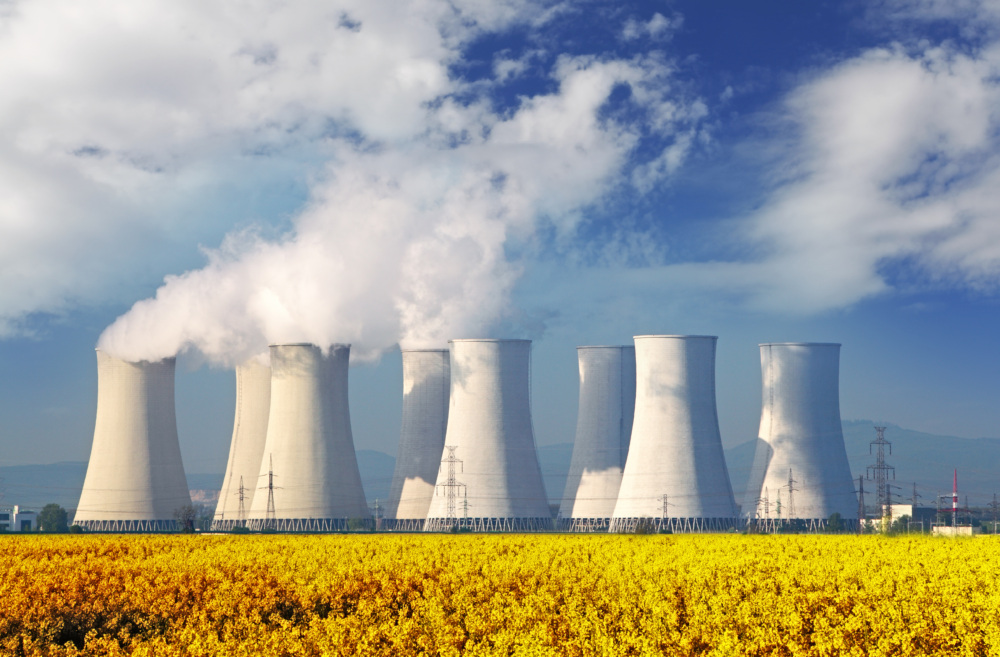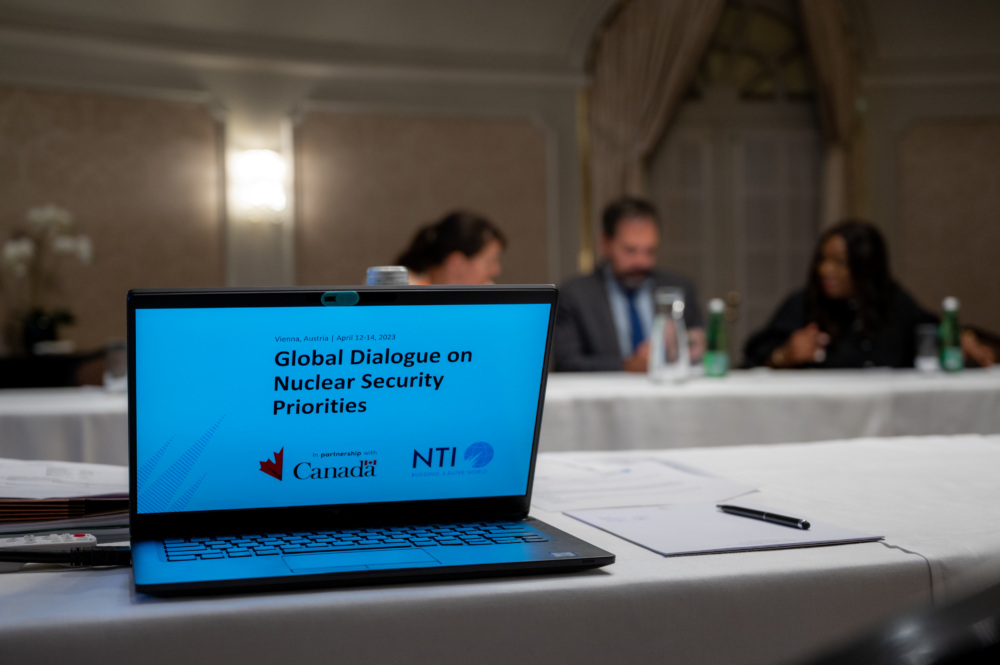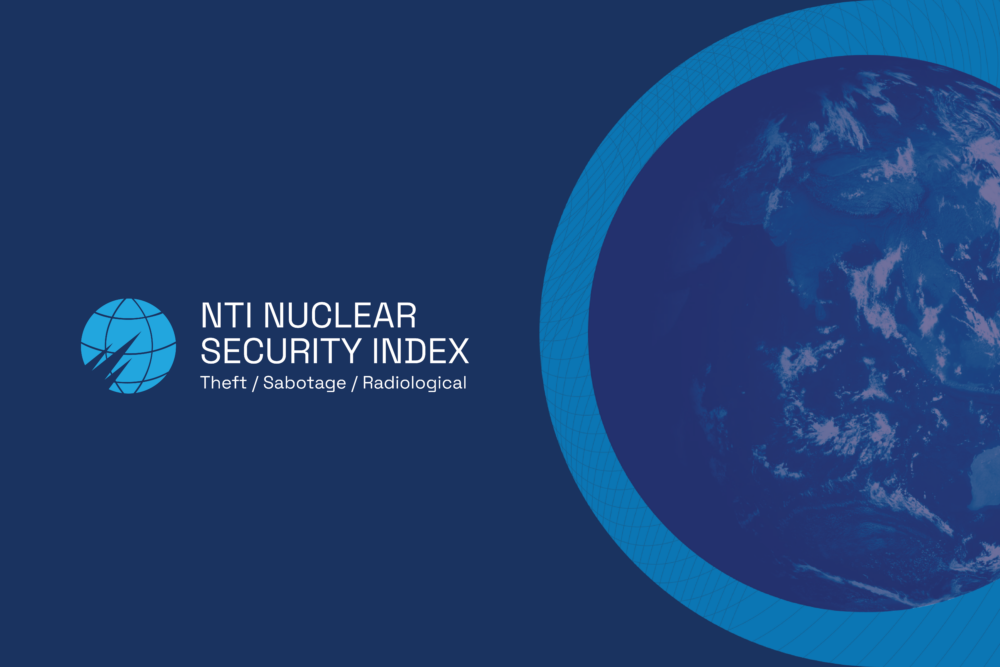
Evan Medeiros
Senior Research Associate, The James Martin Center for Nonproliferation Studies
The growth of missile capabilities in Northeast Asia has led to increased interest in ways of defending against short- and medium-range missiles. However, research, development, and potential deployment of theater missile defense (TMD) systems in Northeast Asia raises a complex set of issues affecting economic, political, and security relations in East Asia and beyond. These issues include countering weapons of mass destruction (WMD), the impact on ballistic missile proliferation, technology-transfer and alliance relationships, burden-sharing, and the economic, political, and security ties between the major actors in the region: China, Japan, North Korea, Russia, South Korea, Taiwan, and the United States.
The United States is the leading proponent of TMD deployments in East Asia. U.S. policymakers view TMD as a means to protect U.S. allies and friends in Asia from the growing threat of regional missile proliferation. U.S. plans focus on TMD cooperation with Japan and Taiwan. The United States is currently conducting joint research with Japan on technologies used in advanced TMD systems. The United States has also discussed the possibility of selling Taiwan TMD systems with limited capabilities. South Korea, a major U.S. ally in Asia, is not interested in TMD systems. Many Asian nations strongly oppose U.S. TMD plans. Countries such as China and North Korea fear TMD deployments would trigger a regional arms race, allow the United States to dominate East Asia, and generally foster regional instability.
Debate about the deployment of theater missile defense (TMD) systems in Northeast Asia includes intertwining political, technical, and economic issues. Important technical questions about how (and how effectively) TMD systems would work are often subsumed in the larger political questions and symbolism of the issue. In order to understand the debate, it is necessary to look at all aspects of the problem.
TMD systems defend territory or military forces by tracking incoming ballistic missiles with radar and launching interceptor missiles to destroy them. TMD systems can be ground-based, sea-based, or air-based and can use information about incoming missiles gathered by surveillance satellites to increase their effectiveness. Lower-tier systems such as the Patriot PAC-3 system defend a relatively small area (or footprint) against shorter-range missiles (up to 1000 km). Upper-tier systems such as the Navy Theater Wide (NTW) system intercept incoming ballistic missiles at a higher altitude and can therefore defend a larger area against longer-range missiles (up to 4000-5000 km). TMD systems use some of the same technology as National Missile Defense (NMD), but are unable to intercept very-long range intercontinental ballistic missiles (ICBMs).
Current U.S. TMD plans envision the eventual development of a "family of systems" that would provide for comprehensive defense by layering lower-tier and upper-tier systems. Both systems are necessary because lower-tier systems have very limited capabilities against longer-range missiles, while some exo-atmospheric upper-tier systems cannot intercept shorter-range missiles.
Beginning in the late 1990s, several events generated interest in TMD and moved missile defense to the center of the Northeast Asia regional security agenda. These included:
These events spurred interest in the United States, Taiwan, and Japan in the potential value of TMD in addressing growing concerns about missile proliferation and missile deployments in East Asia.
The most contentious aspects of the TMD debate are U.S. cooperation with Taiwan and Japan. Chinese missile tests in 1995 and 1996 in and around the Taiwan Strait increased political support in Taiwan for TMD. Delivery of previously purchased Patriot Advanced Capability-2 (PAC-2) systems was accelerated following the tests, and in early 1999 Taiwan expressed interest in buying U.S. PAC-3 systems and Aegis radar-equipped destroyers that could eventually be fitted with the Navy Theater Wide upper-tier TMD system once it becomes operational. TMD and Chinese missile deployments became a salient issue in Taiwan's 2000 presidential election. These developments in Taiwan have created significant tensions in China-Taiwan and U.S.-China relations. Beijing fears that Taiwan's purchase of TMD will bolster independence advocates and lead to closer military ties between the United States and Taiwan. China also worries that Japan might use naval TMD systems to defend Taiwan.
For Japan, the August 1998 Taepodong-1 test had a defining influence on domestic support for TMD. Prior to the North Korean test, support for TMD was limited to select government ministries. Japan had delayed procurement decisions on upgrades to its existing Patriot PAC-2 system and was hesitant about expanding technical cooperation with the United States on advanced TMD systems. In December 1998, Japan agreed to fund joint TMD research with the United States. By August 1999, the United States and Japan had signed a five-year agreement for joint research on advanced sea-based, upper-tier technologies that could eventually be integrated with U.S. programs.
Japanese deployment of an advanced TMD system is not a fait accompli, however. Decisions on development and deployment are tied to a variety of political and technical variables including: changing threat perceptions (especially regarding North Korea); cost; effectiveness of the technology; legal and constitutional issues related to bilateral cooperation with the United States; and the impact on Sino-Japanese relations and global arms control affairs. Japan has not yet had a serious public debate about TMD, and its ultimate decision on deployment remains unclear.
Problems have arisen in the development of TMD that call into doubt the participation of U.S. allies in East Asia. A principal concern is TMD's military effectiveness. Studies of the Patriot system during the Gulf War show that it was minimally effective at best. The Patriot's difficulty in defeating comparatively unsophisticated Iraqi Scud missiles raises questions about the likely effectiveness of upgraded Patriot systems. In addition, Theater High Altitude Area Defense system (THAAD) tests to date have not performed up to expectations. After a series of initial test failures, THAAD recently demonstrated the capability to successfully intercept a test missile, but questions remain about its overall effectiveness and reliability. Consequently, Japan and Taiwan remain hesitant to fully endorse TMD.
In addition, leaders throughout Asia, especially in China and North Korea, remain concerned that deployment of advanced TMD systems could precipitate significant regional instability. TMD deployment in Taiwan would likely accelerate Chinese missile deployments and lead to an all-out missile race across the Taiwan Strait. In the event of a crisis, such a precarious military balance could lead either side to be careless. Japanese deployment of upper-tier TMD such as the Navy Theater Wide (NTW) system could spark China to increase its medium-range missile deployments to ensure it maintains the ability to attack Japan. Such a chain of events could negatively influence the character of Sino-Japanese relations at a time when Japan is poised to take a more active role in regional security affairs.
Sign up for our newsletter to get the latest on nuclear and biological threats.
To make good on their COP28 pledge, countries need a new approach to building, regulating, and financing nuclear technology.
Lessons Learned from 10 Years of the Global Dialogue on Nuclear Security Priorities
The NTI Index is recognized as the premier resource and tool for evaluating global nuclear and radiological security.


